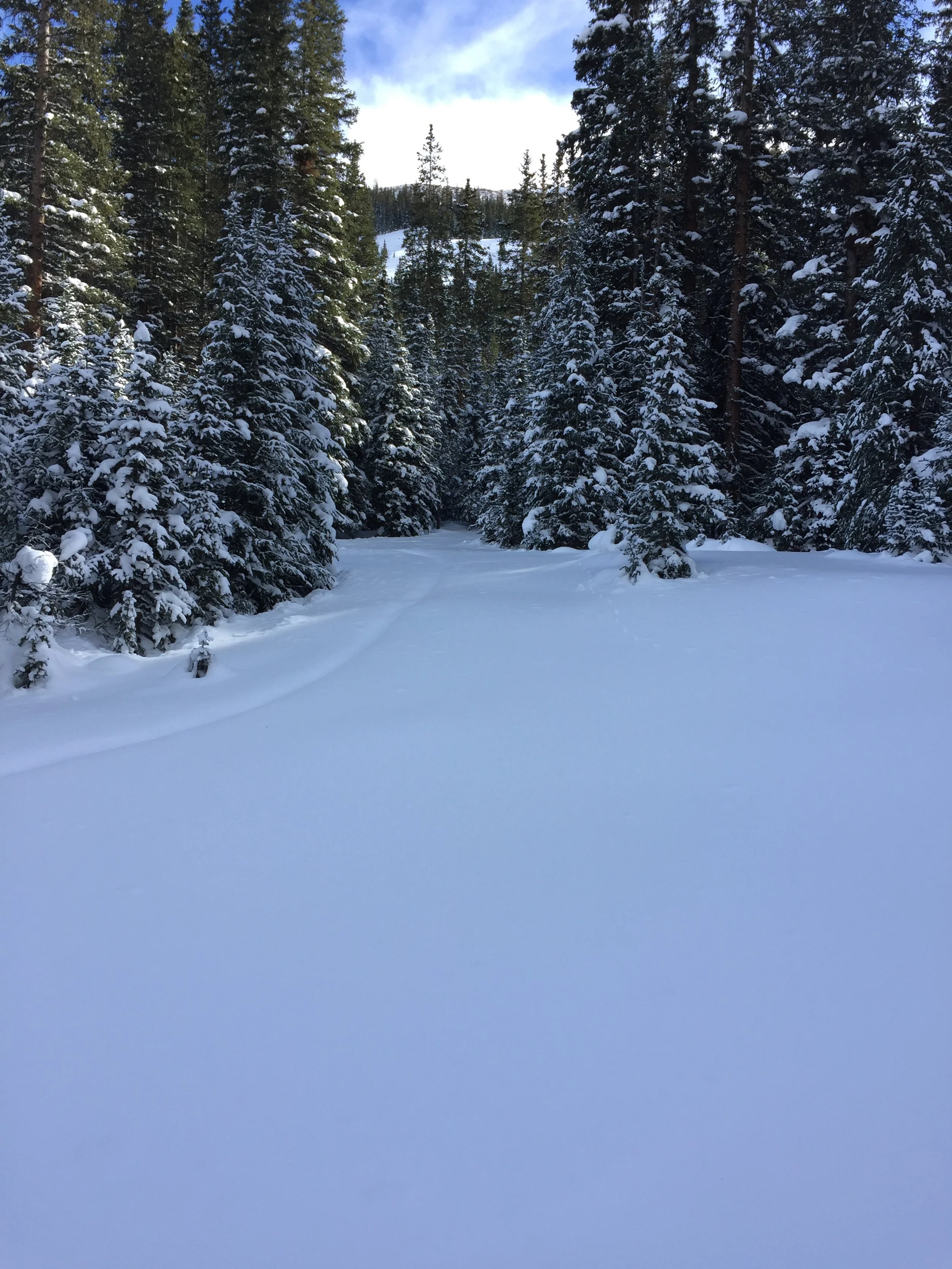The snow belies the sudden awareness of the presence of so many animals that one does not usually see on summer days - the deer mouse, the snowshoe hare, the ermine, even the mighty moose. Those are the tracks made from the night before which remain for our inspection. Maybe we will see the story of a red fox hunting, or a Southern Red-backed Vole who came out of the warmth of the nest in the night. We could find the tracks of a bobcat (see below), or an elk working his way determinedly out of the forest to lower elevations before the snow becomes too deep.
Layer up! Put on a pair of snowshoes and join us as we trek these winter wildernesses in search of nature’s stories.




